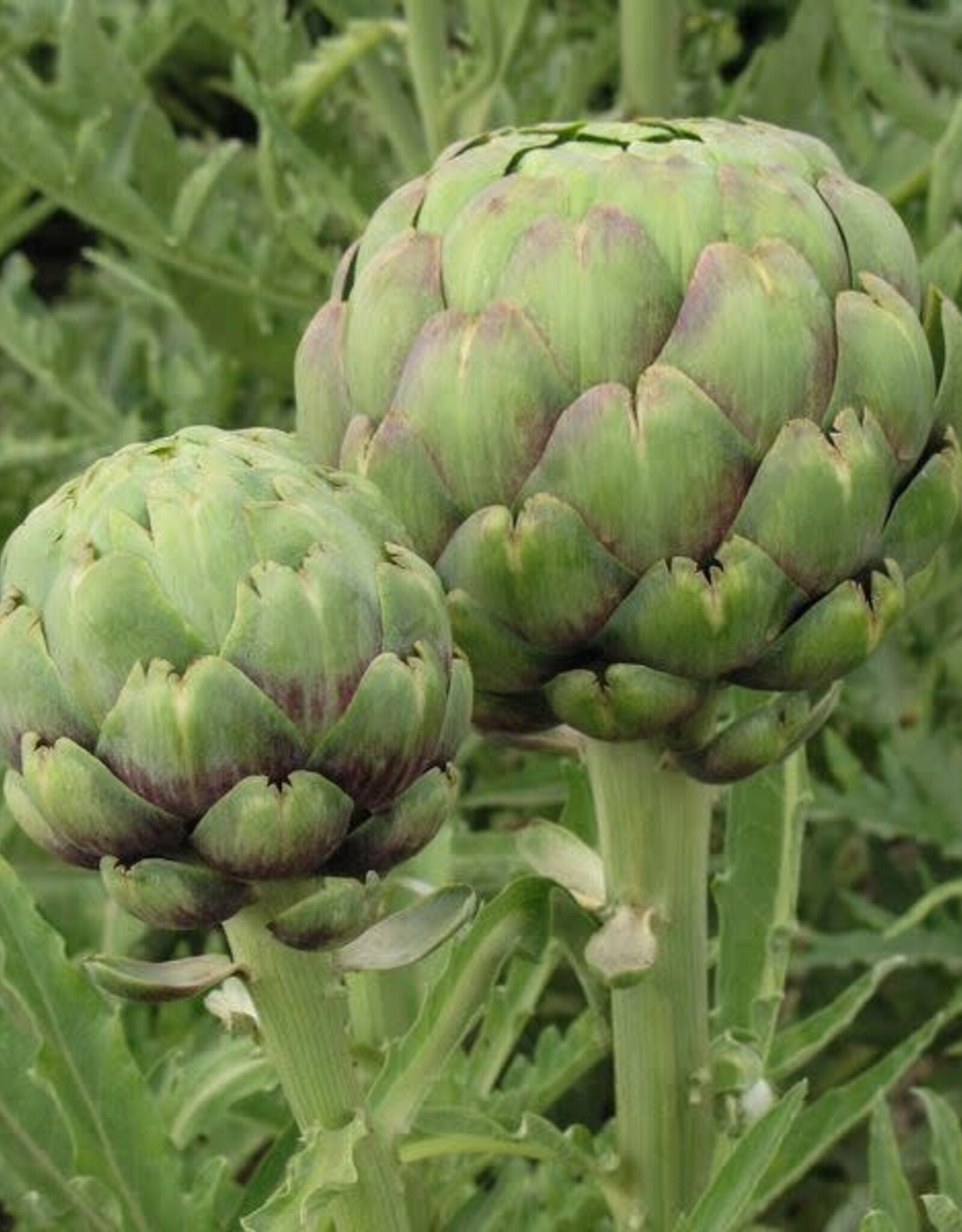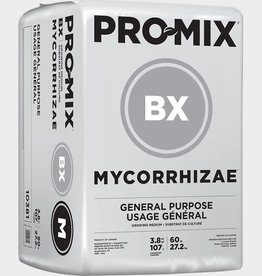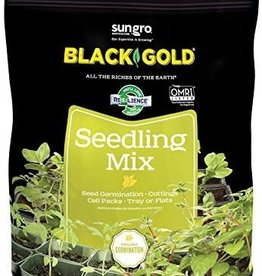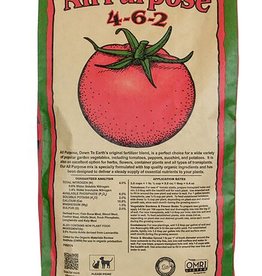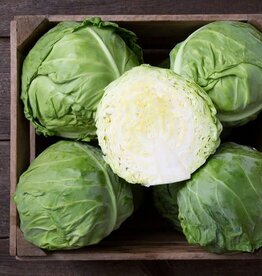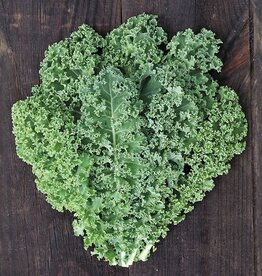HM Tavor Artichoke: 10 SEEDS
| Availability: | In stock (11) |
Picture and Description Credit: High Mowing Seeds
An improved Imperial Star-type adapted for organic production.
Nearly spineless plants yield 7-8 uniform artichokes, each averaging 4.5" in diameter. Artichokes are green with purple tips and are buttery and tender when steamed. Can be grown as an annual from seed in one season.
- 3-4' tall
- Short vernalization period
- Improved imperial star type
- Open-Pollinated
Seed Specs
9-11M seeds/lb (10M avg).
Seeding Rate
4,840 plants/acre (1/2 lb/acre), using 3’ plant spacing, 3’ row spacing.
Cultural Info
Artichokes (Cynara scolymus) is cool season perennial that can be grown as an annual in cold climates. It is in the Compositae family, which includes endive, escarole, chicory, lettuce, sunflower, Jerusalem artichoke, salsify, and burdock.
Soil and Nutrient Requirements
Heavy feeders. Give plenty of compost.
Seeding Depth
¼”
Plant Spacing
2-3’
Row Spacing
3-4’
When to Sow
To grow as an annual, plants need to be vernalized to initiate bud development. Start transplants 8-10 weeks before the planting date. Set seedlings in a coldframe or cool area, maintaining night time temperatures of 50 degrees or below for a 10 day period. Plant after danger of frost has passed.
Sow thickly as germination rates are typically not high.
Harvest
Harvest by cutting stem 1 ½ “ below base of the bud. Immediately cool buds below 40 degrees for storage.
Storage
Store at 32 degrees in high humidity for two weeks.
Pest Info
Aphids can be washed off plants with a hard stream of water. They have several natural predators that control populations including parasites (aphids appear grey or bloated), lady beetle larvae and lacewings.
Disease Info
Powdery mildew (Leveillula taurica, Erysiphe cichoarcearum) Ramularia leaf spot, (Ramularia cynarae) and Verticillun Wilt (Verticillum dahliae). Gray mold or Botrytis (Botrytis cinerea) can cause damage to buds and leave fruit unmarketable. Most bacterial and viral diseases only affect plants that are grown from cuttings. Disease can be best avoided by crop rotations, adequate spacing and orientation to promote plant dryness; avoid working in fields when wet and destroy infected plant debris that may serve as innoculum.


